You should include the following sections in your proposal P
Solution
PROJECT TITLE
ISOLATION,SCREENING OF MANGROVE ACTINOMYCETE STRAIN B3 FOR THE PRODUCTION OF ANTIBACTERIAL METABOLITE
PROPOSED ABSTRACT
Mangrove ecosystems are increasingly being investigated as a source of microorganisms with potential to produce novel bioactive compounds and enzymes. Mangrove ecosystems represent a largely untapped source for isolation of new microorganisms. Actinomycetes are of particular interest, since they are traditionally known for their unparalleled capacity to produce biomolecules with diverse biological activities.
Actinomycetes were isolated from mangrove wetlands of Krishna estuary, Machilipatnam, Andhra Pradesh. The isolates were evaluated for antibacterial activity and strain B3 was isolated from wetlands of Krishna estuary, Machilipatnam .
The antibacterial and protease activities of the strain were determined and fermentation conditions viz., incubation time, incubation temperature, inoculum age, initial pH, were optimized for maximizing the antibacterial metabolite and enzyme production by strain B3. Further the medium composition with respect to carbon and nitrogen sources was also optimized for increasing the antibacterial metabolite and protease production. With the optimized conditions employed, strain showed antibacterial activity (in terms of inhibition zone diameter) of 38 mm against Enterobacter aerogenes& 39.5mm against Bacillus subtilis.
INTRODUCTION
Actinomycetes are aerobic, gram-positive bacteria that form branching filaments or hyphae and asexual spores. They have a high guanine (G) plus Cytosine (C) content in their DNA (> 50 mol %). Actinomycetes have considerable practical impact because they play a major role in the mineralization of organic matter in the soil and are the primary source of most naturally synthesized antibiotics (Prescott et al., 2005).
The name ‘actinomycetes’ is derived from the Greek atkis meaning “a ray” and mykes meaning “fungus”. They have features of both bacteria and fungi. They are different from bacteria in having filamentous hyphae. They closely resemble fungi in over all morphology. Generally they are considered to be more closely related to bacteria. The chemical composition of their cell wall is similar to that of gram-positive bacteria, but because of their well developed morphological (hyphae) and cultural characteristics, actinomycetes have been considered as a group, well separated from other common bacteria. Actinomycetes are recognized to represent a large and a heterogeneous group of microorganisms, comprising several genera and numerous species (Vaddiparthy, 1998)
Actinomycetes are characterized by the formation of branching threads or rods, frequently giving rise to a typical mycelium which is unicellular, especially during the early stages of growth. The hyphae are generally non-septate; under certain special conditions, septa may be observed in some forms. The mycelium is either vegetative and growing in the substrate, or aerial, where a special mycelium is produced above the vegetative growth.
Actinomycetes reproduce through special sporulating bodies or from parts of the vegetative mycelium. The spore bearing hyphae are produced on the mycelium either singly and monopodially, or in a broom-like or cluster like formations, or in verticilliate-like tufts or whorls upon the mycelium. The sporophores vary from long to very short forms. The spores may also be produced singly on the tips of side branches or in chains attached directly to the mycelium. The spores are formed either by the fragmentation of the plasma within the spore-bearing aerial mycelium, or by the process of segmentation or division of the mycelium into reproductive cells by means of cross walls, in a manner similar to oidium formation. The sporulating mycelium may be branching or non-branching, straight or spiral shaped. The spores are spherical, cylindrical or oval; they germinate by the formation of 1 to 3 tubes (Waksman, 1940)
HYPOTHESIS
Decrease in the rate of discovery of new compounds from terrestrial actinomycetes with an increase in the rate of re-isolation of known compounds and the rise of antibiotic resistant compounds warrant a search for actinomycetes producing novel bioactive compounds in underexplored environments. Mangrove ecosystems have been an underexplored area and are potential targets for the search of novel actinomycetes.
In the present study, actinomycetes were isolated from Mangrove wetlands of Krishna estuary, Machilipatnam, Andhra Pradesh. An isolate B3, Isolated from the mangrove wetlands of Krishna estuary showed antibacterial activity against Enterobacter aerogenes and Bacillus subtilis. In addition, the Isolate B3 also exhibited protease producing capability.
The strain B3 was evaluated for production of antibacterial metabolite. Fermentation conditions viz., incubation time, incubation temperature, inoculum age, initial pH, carbon and nitrogen sources were optimized.
The optimized conditions for antibacterial metabolite production were: incubation time – 3 days; incubation temperature – 30 °C; inoculum age – 5 days; initial pH – 7.0; carbon source – starch; nitrogen source – peptone. With the optimized conditions employed, the zone of inhibition against Enterobacter aerogene and Bacillus subtilis were 38 and 39.5 mm respectively
This study shows the potential of mangrove ecosystems as a source for actinomycetes with potential to produce bioactive.
LITERATURE REVIEW
Namthip et al., (1996) isolated four new -Pyrone-containing metabolites wailupemycins A-C (l-3) and 3-epi-Sdeoxyenterocin (4), together with known compounds S-deoxyenterocin (5) and entemcin (6) from a Strepromyces sp. cultured from shallow water marine sediments. The structures of the new compounds were determined through the interpretation of spectral data Compound 1 exhibited antimicrobial activity towards the gram negative bacterium Escherichia coli, while compound 4 inhibited the growth of Staphylococcus aureus.
Ibrahim and Kauser, (1997) investigated the production of filter paper cellulase (FPase), endo--glucanase and -glucosidase by Cellulomonas biazotea on different substrates. The organism utilized four different cellulosics, NaOH-pretreated ground plant material of four lignocellulosic (LC) substrates grown on saline lands, three agricultural wastes, carboxymethyl cellulose CMC), cellobiose and xylan as carbon sources in Dubos salts liquid medium and produced the enzymes. The highest level of volumetric productivity of FPase occurred in the cell-free supernatants of C. biazotea during growth on -cellulose followed by Leptochloa fusca (kallar grass), while that of endo-- glucanase occurred on kallar grass followed by -cellulose. Maximum -glucosidase was produced in culture media containing cellobiose and kallar grass as carbon sources. Thus the production of these enzymes is influenced by the carbon source used. -Glucosidase was produced mainly periplasmic and was several fold greater in quantity than that reported in other strains of Cellulomonas, as well as other bacteria. Kallar grass culture medium, during growth of C. biazotea, supported maximum Qp levels of 37.5, 17.5 and 6.1 IU/L/h for CMCase, FPase and -glucosidase, respectively, with cell mass productivity of 0.235 g/L/h and was selected as a preferred substrate for cellulose production.
Mohamedin, (1999) isolated six strains of thermophilic actinomycetes from soil using an enrichment technique with feathers as the sole carbon and nitrogen source. They showed clear proteolytic activity on casein agar medium. The most active strain was tentatively identified as Streptomyces thermonitrificans. This isolate was grown in a basal medium with feathers and/or other carbon and nitrogen sources. Supernatant from centrifuged cultures was examined for protease activity and temperature and pH optima were determined for enzyme activity. Optimum proteolytic activity on basal liquid medium containing 1% chicken feather pieces was obtained at 50°C, in a medium adjusted at pH8 and incubated for 72 h at 150 rpm. Proteolytic activity was further increased by 1.5% feather pieces and the time required for maximal activity was 96 h. The keratinolytic activity of S. thermonitrificans was examined by incubation with native chicken feather pieces and it was found that it is significantly active. The degradation of whole intact feathers by S. thermonitrificans was obtained after 48 h of incubation at 50°C. The pH and temperature optima for proteolytic activity were 9.0 and 50°C, respectively. The proteolytic activity was stable at 40°C for 1 h. The proteolytic activity was inhibited by DFP but not by EDTA or pCMB. These results inidicated that the enzyme(s) can be classified as an alkaline protease.
METHODS
Isolation of actinomycetes
3.1.1.Study area and sampling
Marine sediment samples were collected from 2 different areas. The mangrove wetlands of Krishna estuary, Andhrapradesh.Mangrove sedment samples were collected from the two sampling sites 1. Machilipatnam 2.Nizampatnam. Due to extensive shipping activities and crude oil pollution, these mangroves were selected as priority sites for the study. The mangrove sediment samples were collected with a soil corer during low tides and transferred to a precleaned polycarbonates glass bottles stored at -20oC and kept frozen for further analysis.
Table No:3.1 Source and place of collection of samples.
Sample Series
Source
Place
A
Mangrove wetlands of Krishna estuary
Machilipatnam
B
Mangrove wetlands of Krishna estuary
Nizampatnam.
3.1.2. Isolation of actinomycetes
Mangrove sediment samples were stored at 4°C until isolation. Actinomycetes were isolated by plating out the samples in proper dilutions. Actinomycetes colonies can often be distinguished on the plate from those of fungi and true bacteria. They are often compact, leathery giving a conical appearance and have a dry surface.
About 1g of the each sample was taken into a 250ml conical flask containing 100ml of sterile water and the flasks were kept on a rotary shaker for 15 min. The suspension in each flask was serially diluted up to 10-5 level. Isolation was carried on Starch Casein Agar plates supplemented with rifampicin 2.5µg/mL and cycloheximide 75µg/mL to inhibit bacterial and fungal contamination respectively. The plates were seeded with a sediment sample suspension of 1.0ml each and incubated at 28°C for 14 days (Ramesh and Narayanasamy, 2009). After 14 days, actinomycete colonies formed on the SCA plates were picked and transferred onto SCA slants and incubated at 28°C for 7 days. Only those isolates that appeared different from one another others were selected. The isolates were further maintained by periodically subculturing in SCA slants.
Table:3.2 Composition of starch casein agar (SCA) medium
Constituent
Concentration (g/L)
Soluble starch
10.0
Vitamin free casein
0.3
Potassium nitrate
2.0
Sodium chloride
2.0
Dipotassium hydrogen phosphate
2.0
Magnesium sulfate
0.05
Calcium carbonate
0.02
Ferrous sulfate
0.01
Agar
20.0
pH
7.0 ± 0.2
The isolates were pooled together and cultures which appeared identical to naked eye in respect of color of aerial mycelium, reverse color, soluble pigment and colony texture were eliminated. About 24 actinomycete isolates were obtained from the samples.
3.2. ANTIBACTERIAL ACTIVITY STUDIES
The isolates obtained were screened for antibacterial activity. The test organisms used for antibacterial activity studies are given in the table no: 3.3
Table No:3.3 List of test organisms used in the study.
S. No
Bacteria
Gram -ve / +ve
1.
Bacillus cereus
Gram +ve
2.
Bacillus subtilis
Gram +ve
3.
Staphylococcus aereus
Gram +ve
4.
Escherichia coli
Gram –ve
5.
Enterobacter aerogenes
Gram –ve
3.2.1. Primary screening by Cross-streak method
The mangrove actinomycete isolates were screened for antibacterial activity by cross streak method (Venkata et al., 2011) on agar plates containing starch casein agar (SCA) and nutrient agar in equal proportions. Each plate was streaked with a single isolate at the center along the diameter of the plate and incubated at 28°C for 5 days. After 5 days, test organisms were streaked perpendicular to the growth of the actinomycete culture. The intensity of inhibition produced by each isolate against the test bacteria was noted after 24 h of incubation. Plate with the same medium and without the streaking of actinomycete but with the streaking of the test organisms was maintained as a control.
3.2.2. Secondary screening by well diffusion method
The active isolates identified in the primary screening using cross streak method were selected for secondary screening. The active isolates were first cultivated under submerged conditions a-nd then their ability to produce extracellular antibacterial metabolites was tested by well diffusion method (Gramer, 1976).
Submerged fermentation
Well sporulated slants of the isolates (7 days old) were used for antibacterial metabolite production studies. Two ml of sterile water was transferred aseptically into each slant and the growth of the isolate on the surface of the medium was scrapped with a sterile inoculating needle and transferred into 50 ml of production medium and incubated at 28°C on a rotary shaker at 180 rpm for 7 days. Then the samples were collected into sterile centrifuge tubes and centrifuged at 10,000 rpm for 20 min, at 8°C and clear culture filtrate was separated. The clear supernatant was used for antibacterial assay using well diffusion method.
Table:3.4 Composition of production medium
Constituent
Concentration (g/L)
Sucrose
20.0
Malt extract
10.0
Yeast extract
4.0
Dipotassium hydrogen phosphate
5.0
Sodium chloride
2.5
Zinc sulfate
0.04
Calcium carbonate
0.4
pH
7.0
Well diffusion method
The antibacterial activity against the test bacteria was quantified by using well diffusion method on nutrient agar medium. Nutrient agar plates were used for well diffusion method. Molten sterile nutrient agar was cooled to about 45°C, inoculated with test bacteria, mixed thoroughly, poured into sterile petriplates and allowed to settle. Wells were made in the solidified agar plates using a sterile cork borer. The clear supernatant from the fermentation broth was added to each well (50 µl) using a micropipette. The plates were kept in the refrigerator for about 2h for antibiotic diffusion and then incubated at 37°C. After 24 h, the inhibition zones were recorded.The procedure was repeated for all the promising active isolates obtained after primary screening.
RESULTS
ANTIBACTERIAL ACTIVITY STUDIES
4.2.1. Primary screening by cross-streak method
All the actinomycete isolates were screened for antibacterial activity by cross streak method on agar plates containing starch casein agar (SCA) and nutrient agar in equal proportions. Each plate was streaked with a single isolate at the center along the diameter of the plate and incubated at 28°C for 5 days. After 5 days test organisms were streaked perpendicular to the growth of the actinomycete culture. The intensity of inhibition produced by each isolate against the test bacteria was noted after 24 h of incubation. Plate with the same medium and without the actinomycete but with the streaking of the test organisms was maintained as a control.
About 24 isolates showed antibacterial activity against the test organisms used. The isolates and their antibacterial activity by cross streak method are given in table no: 4.2.
Table:4.2.1 Antibacterial activity of actinomycete isolates by cross streak method
Isolate
Gram positive
Gram negative
Bacillus cereus
Bacillus subtilis
Staphylococcus aereus
Escherichia coli
Enterobacter aerogenes
A1
+
+
++
-
+
A2
++
+
-
-
+
A3
+
-
-
+
++
A4
+
+
++
-
+
A5
++
++
-
+
+
A6
-
+
++
-
++
B1
+++
++
++
++
+
B2
++
-
++
-
+
B3
++
++
+++
+
+++
B4
+
-
-
+
-
B5
-
+++
++
-
-
B6
+
++
-
-
++
B7
++
+++
+
+
-
B8
++
-
-
++
++
B9
-
-
-
++
++
B10
+
-
++
++
-
C1
+
+
-
+++
+
C2
+
-
-
++
-
C3
+
-
-
+
-
C4
++
-
-
-
+
C5
++
-
-
++
++
Very good activity (+++); Good activity (++); Moderate activity (+); No activity (-)
4.2.2. Secondary screening by well diffusion method
The 21 isolates which showed antibacterial activity against the test organisms during primary screening were further screened for extracellular antibacterial metabolite production by submerged fermentation using well diffusion method. 4% inoculum prepared from seven day old agar slant cultures of the isolates was transferred into 50 mL of production medium and incubated at 28 °C on a rotary shaker at 180 rpm for 7 days. Then the samples were collected into sterile centrifuge tubes and centrifuged at 10,000 rpm for 20 min, at 8°C and clear culture filtrate was separated. The clear supernatant was used for antibacterial assay using well diffusion method on nutrient agar plates. Wells were made in the solidified nutrient agar plates using a sterile cork borer and the 50 µL of clear supernatant was added to each well using a micropipette. The plates were kept in the refrigerator for about 2h for antibiotic diffusion and then incubated at 37°C. After 24 h, the inhibition zones were recorded. The antibacterial activities of the selected isolates during secondary screening done by using well diffusion method are given in table no: 4.3.
Table No:4.2.2 Antibacterial activities of the selected actinomycete isolates by well diffusion method
Isolate
Inhibition zone diameter (in mm)
Gram positive
Gram negative
Bacillus licheniformis
Bacillus subtilis
Staphylococcus aereus
Escherichia coli
Enterobacter aerogenes
A1
17
16
-
16
21
A2
22
14
16
-
-
A5
-
29
20
19
21
B1
13
-
14
-
-
B2
15
-
-
-
-
B3
17
32
33
26
36
B4
-
-
20
-
20
C1
19
20
22
12
-
C4
22
20
-
35
-
C5
36
-
29
30
19
Isolate B3 has shown good antibacterial activity against Bacillus subtilisand enterobacter aerogenes and has been selected for further studies.
4.3 Optimization studies
4.3.1 Optimization studies on antibacterial metabolite production
4.3.1.1 Effect of incubation time
The effect of incubation time on antibacterial metabolite production, was studied by carrying out the fermentation at different incubation times ranging from 1 day to 7 days. After every 24 hours, the extracts were evaluated for antibacterial activity.
The antibacterial activity of strain B3 showed a gradual increase from day 1 to day 3 and further increase in incubation time resulted in a decrease in antibacterial activity. The reduced antibiotic activity after day 3 might be due to a reduction in the available nutrients and accumulation of toxic products of metabolism.
DISCUSSION
Antibacterial metabolite production was finally carried out with strain B3 using the optimized conditions.
Optimized conditions for antibacterial metabolite production.
Optimized parameter
Optimized condition
Incubation time
3 days
Incubation temperature
30 °C
Inoculum age
5 days
Initial Ph
7.0
Carbon source
Starch
Nitrogen source
Peptone
With optimized conditions employed, strain B3 showed inhibition zone diameter of 38mm against Enterobacter aerogenes and 39.5mm againstBacillus subtilis.
| Sample Series | Source | Place |
| A | Mangrove wetlands of Krishna estuary | Machilipatnam |
| B | Mangrove wetlands of Krishna estuary | Nizampatnam. |
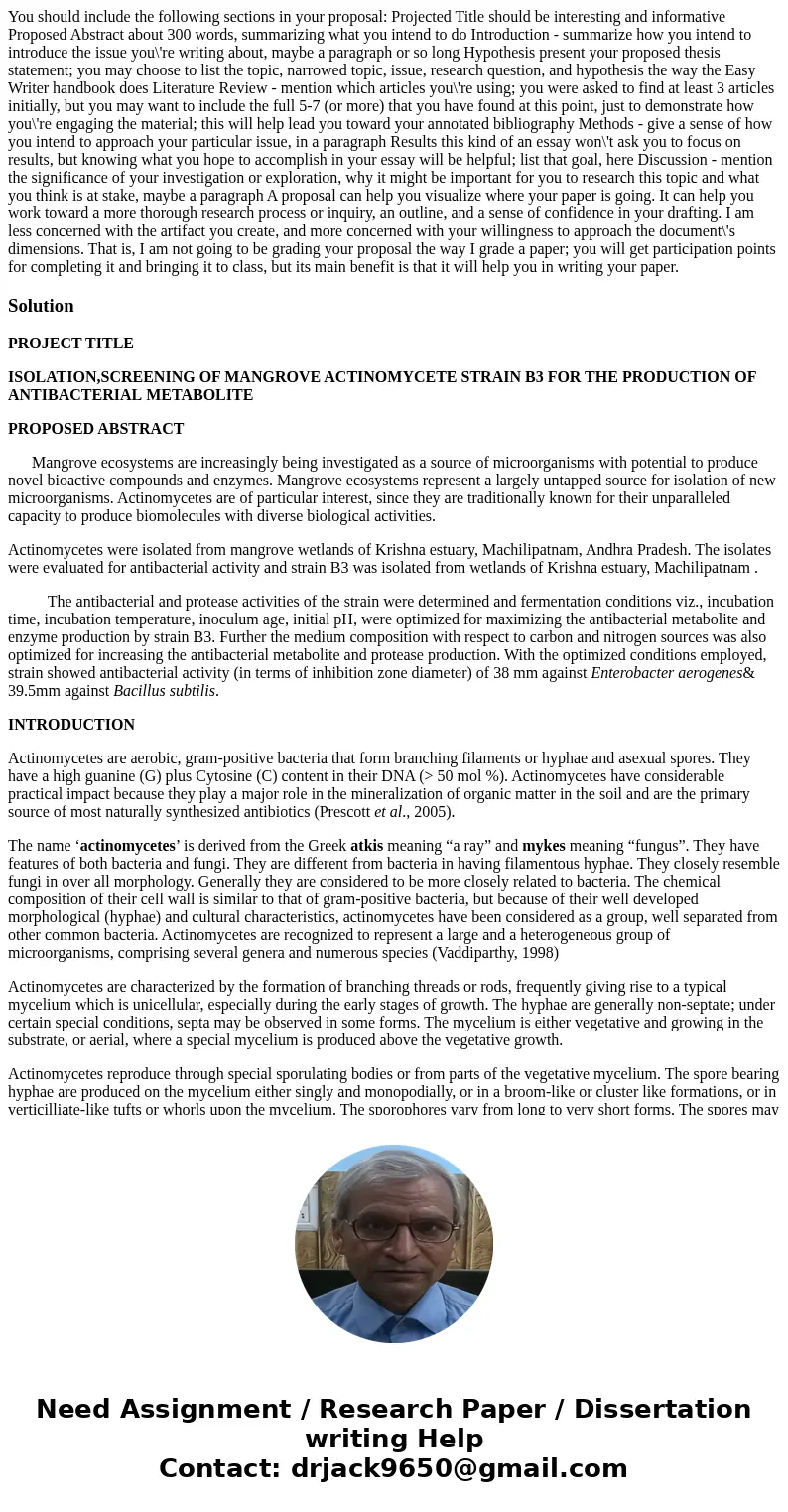
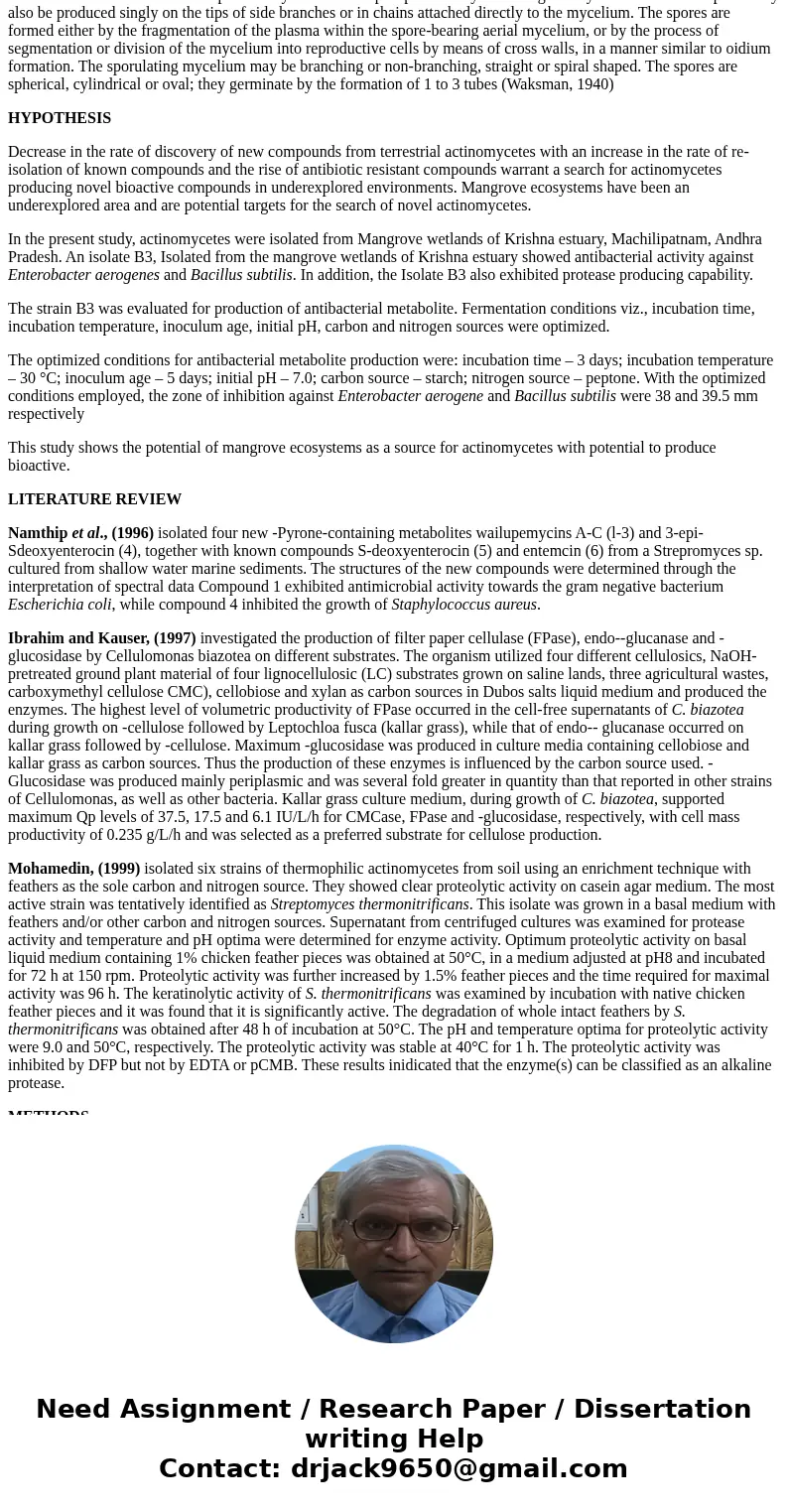
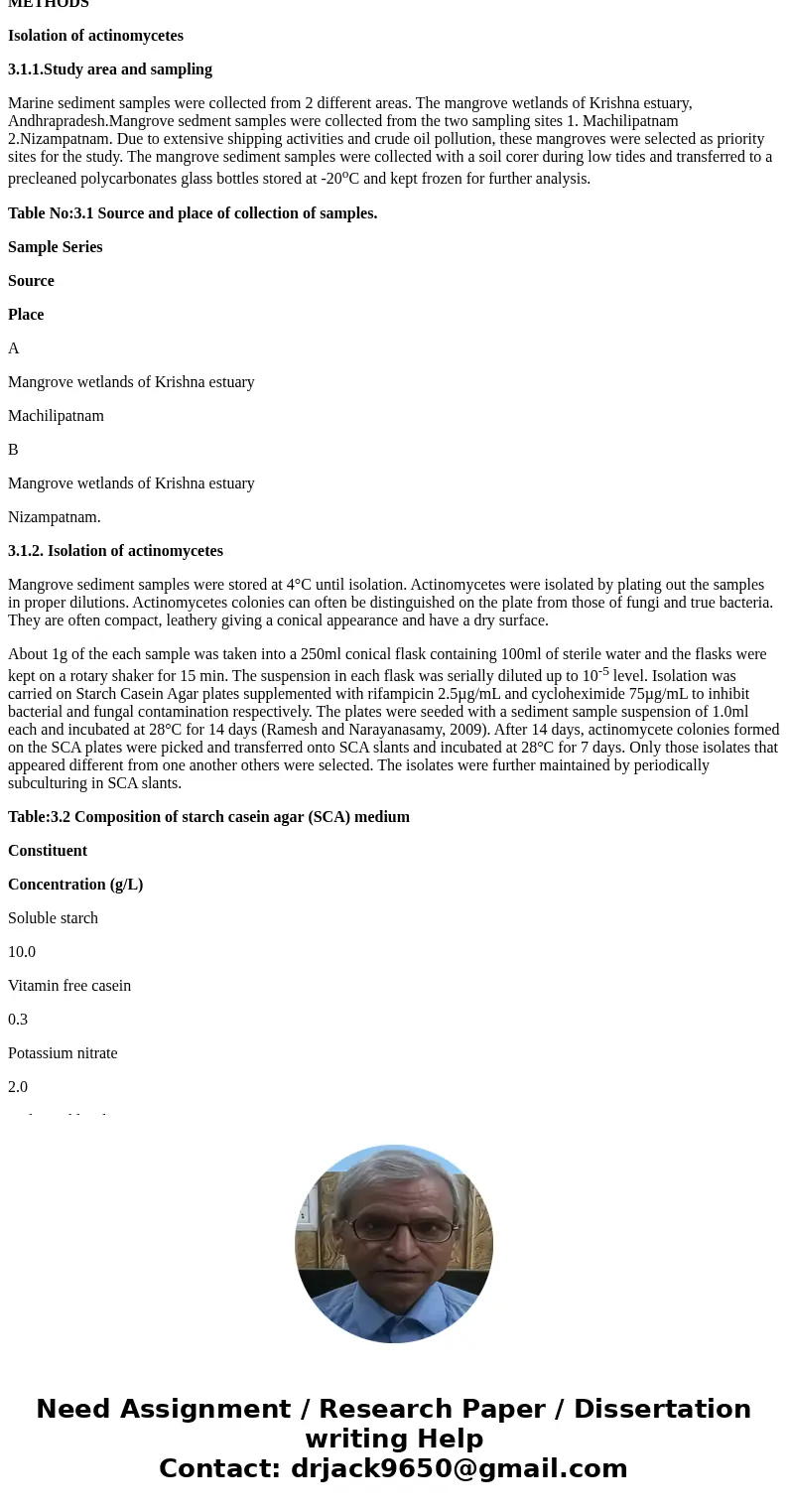
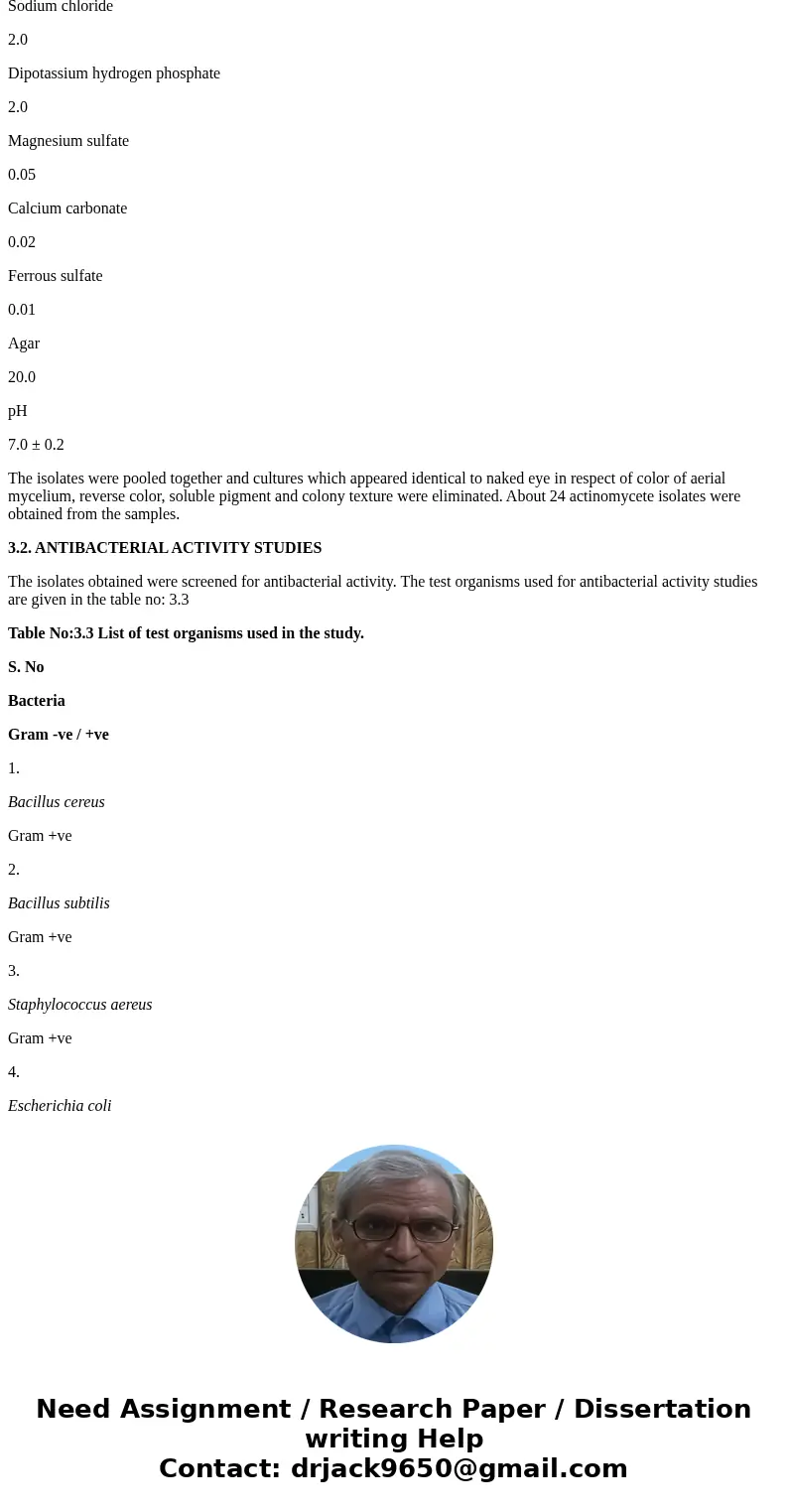
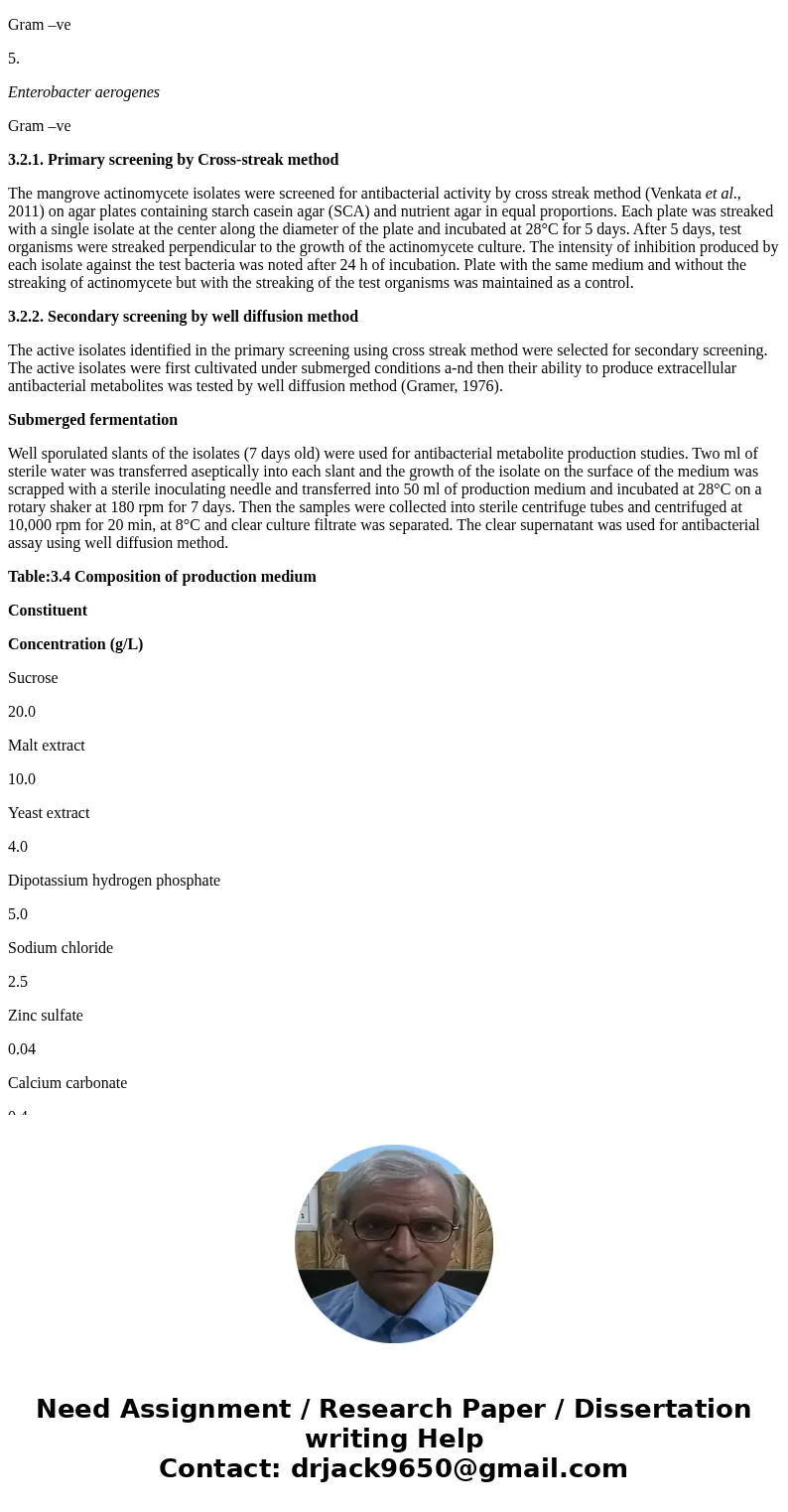
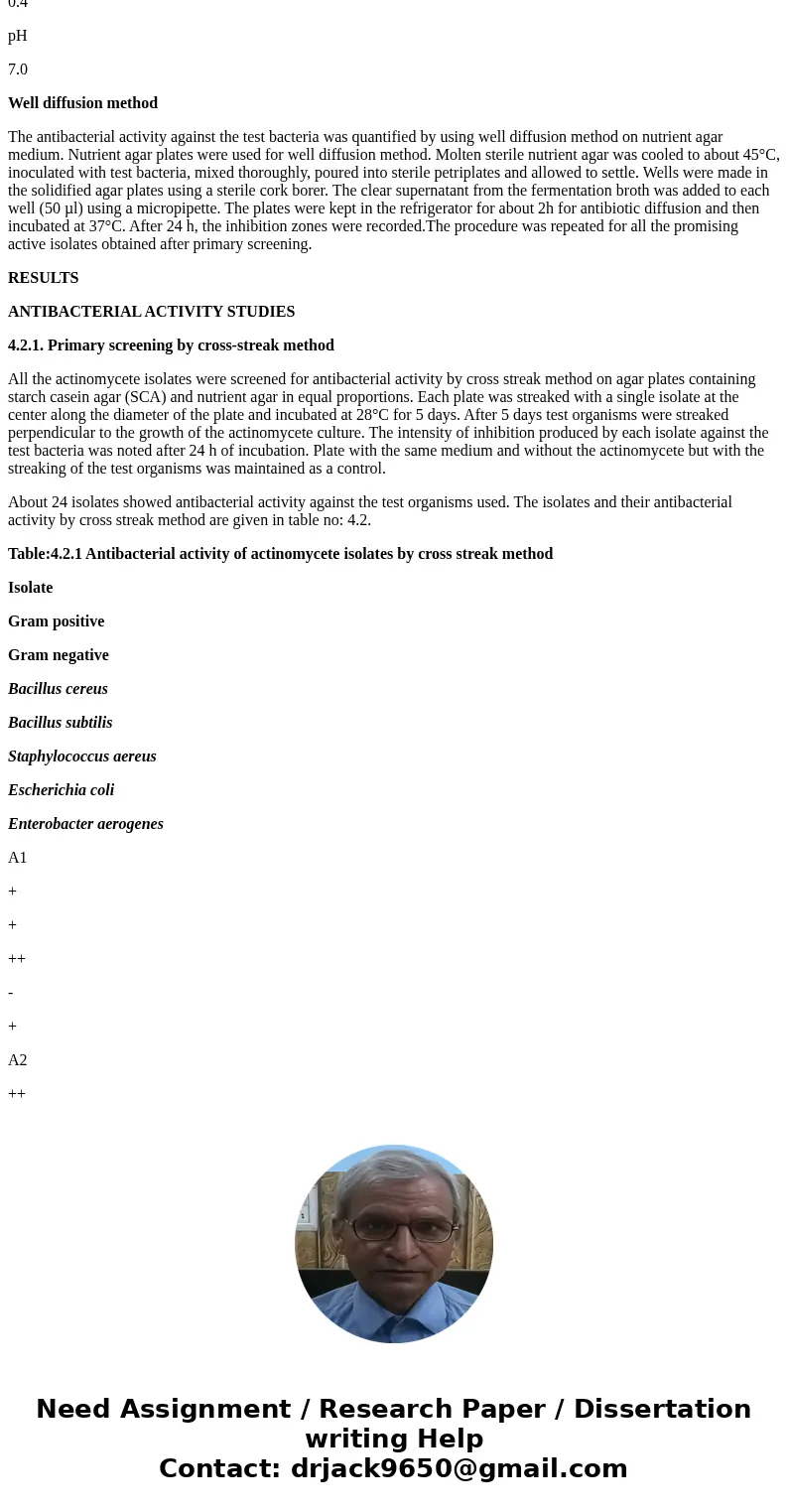
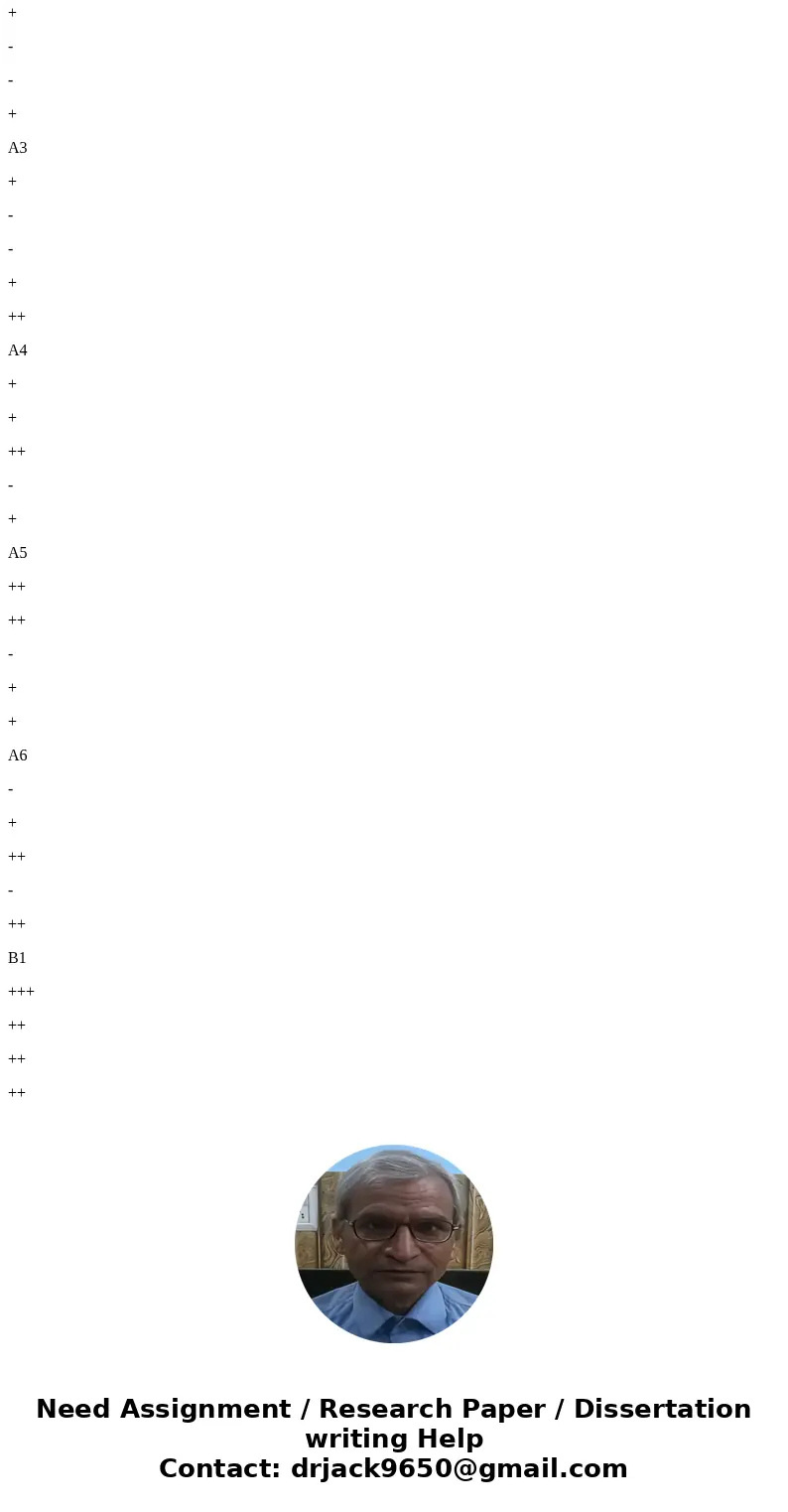
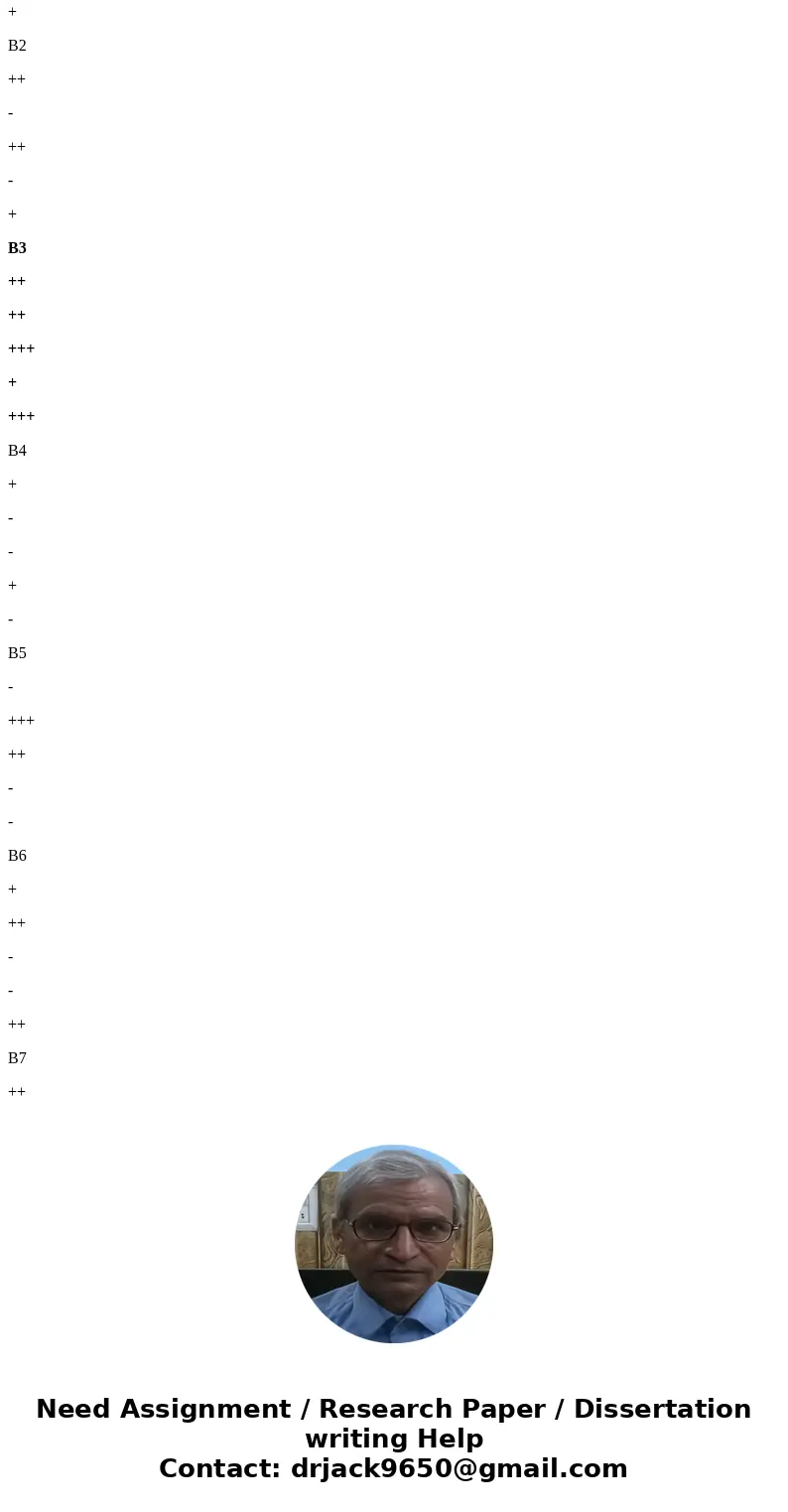
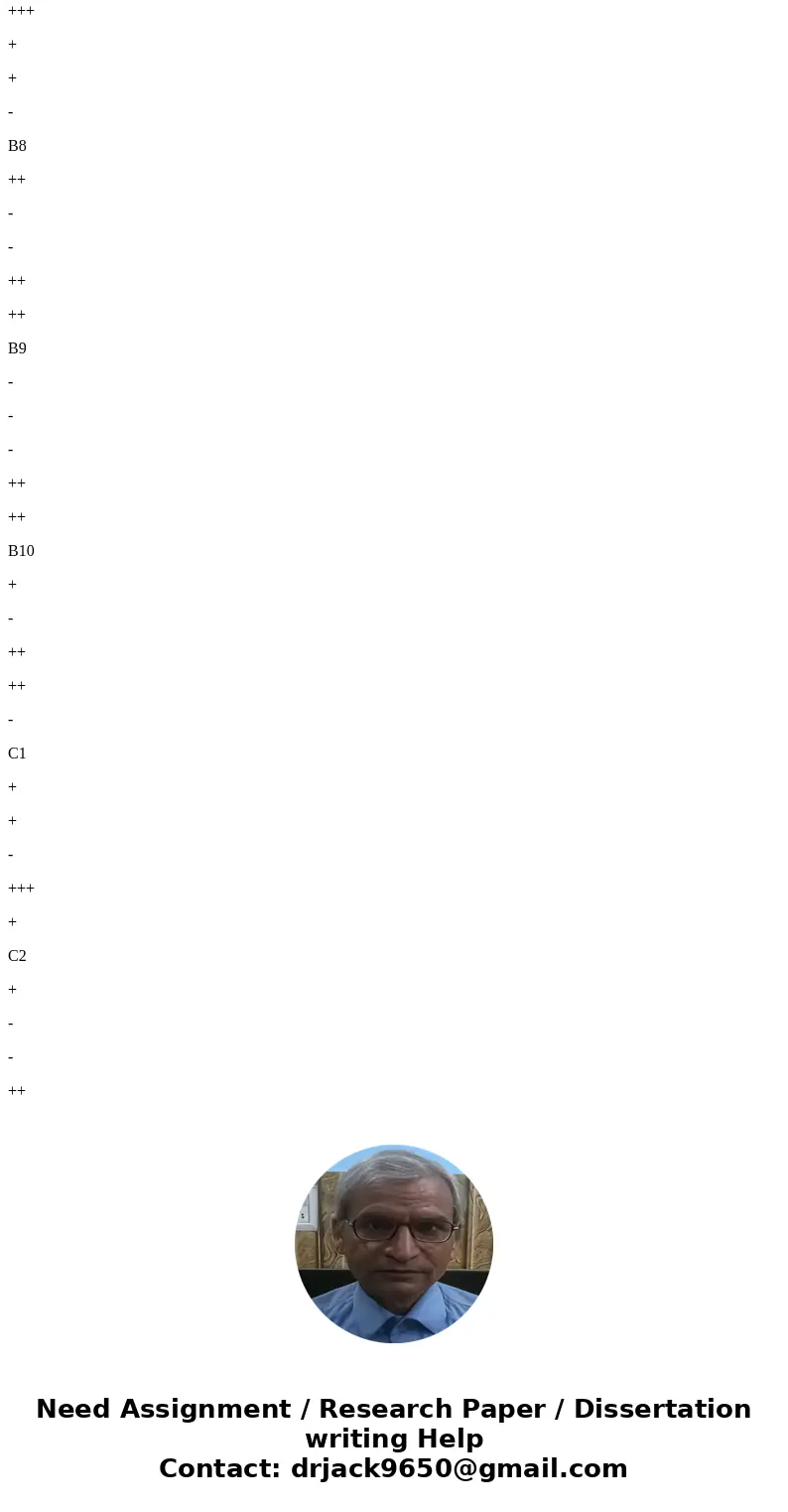
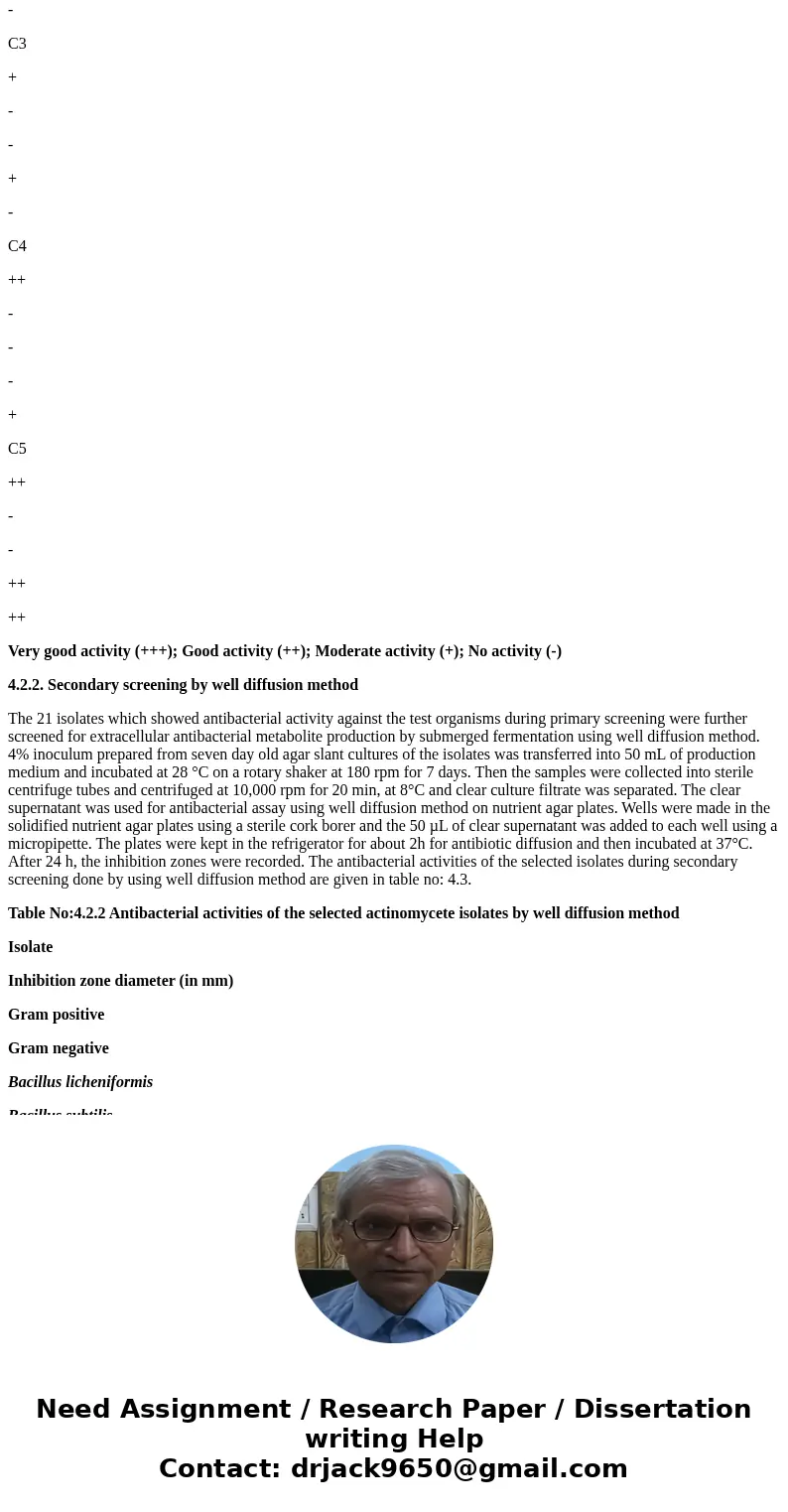
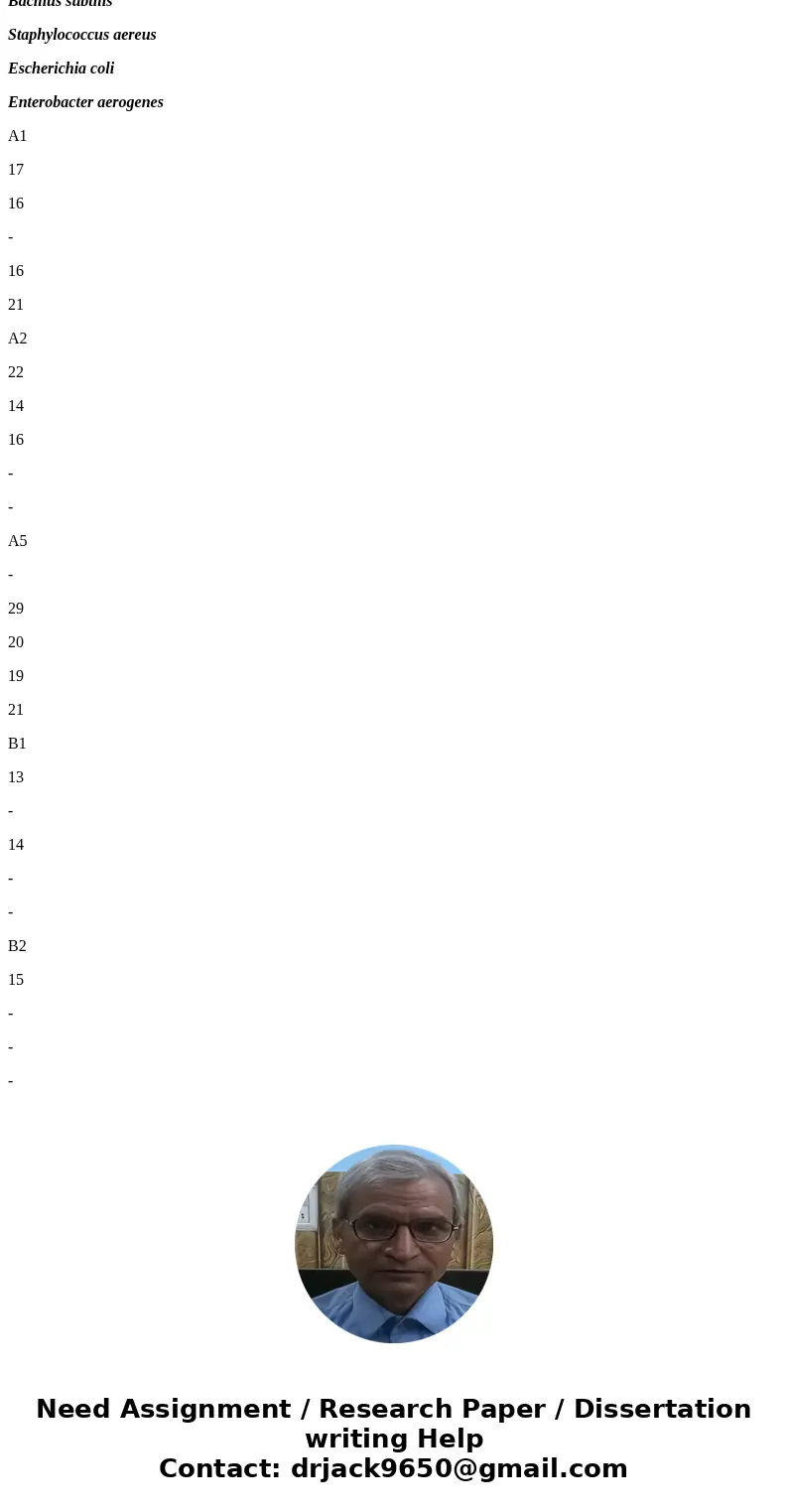
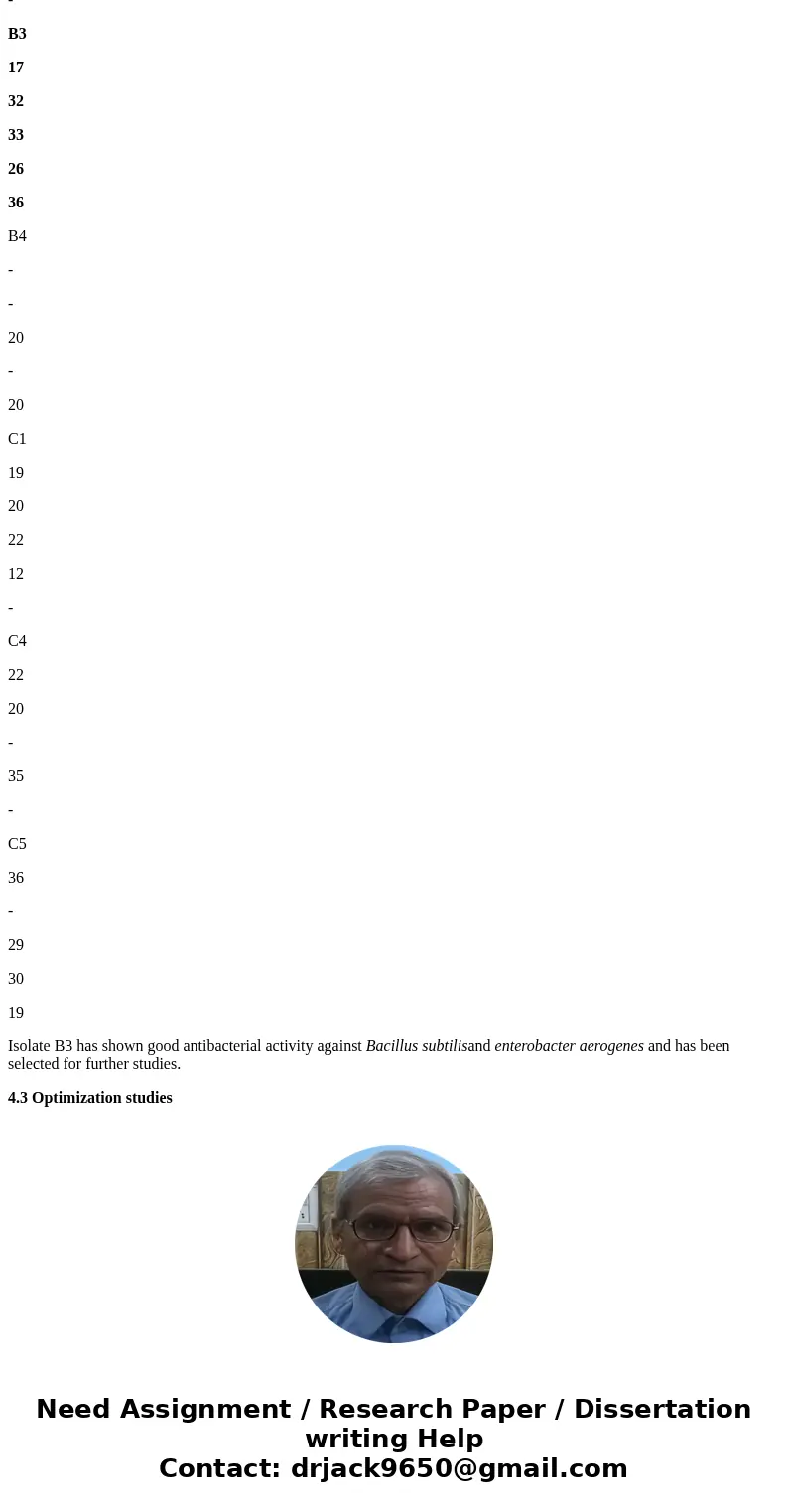
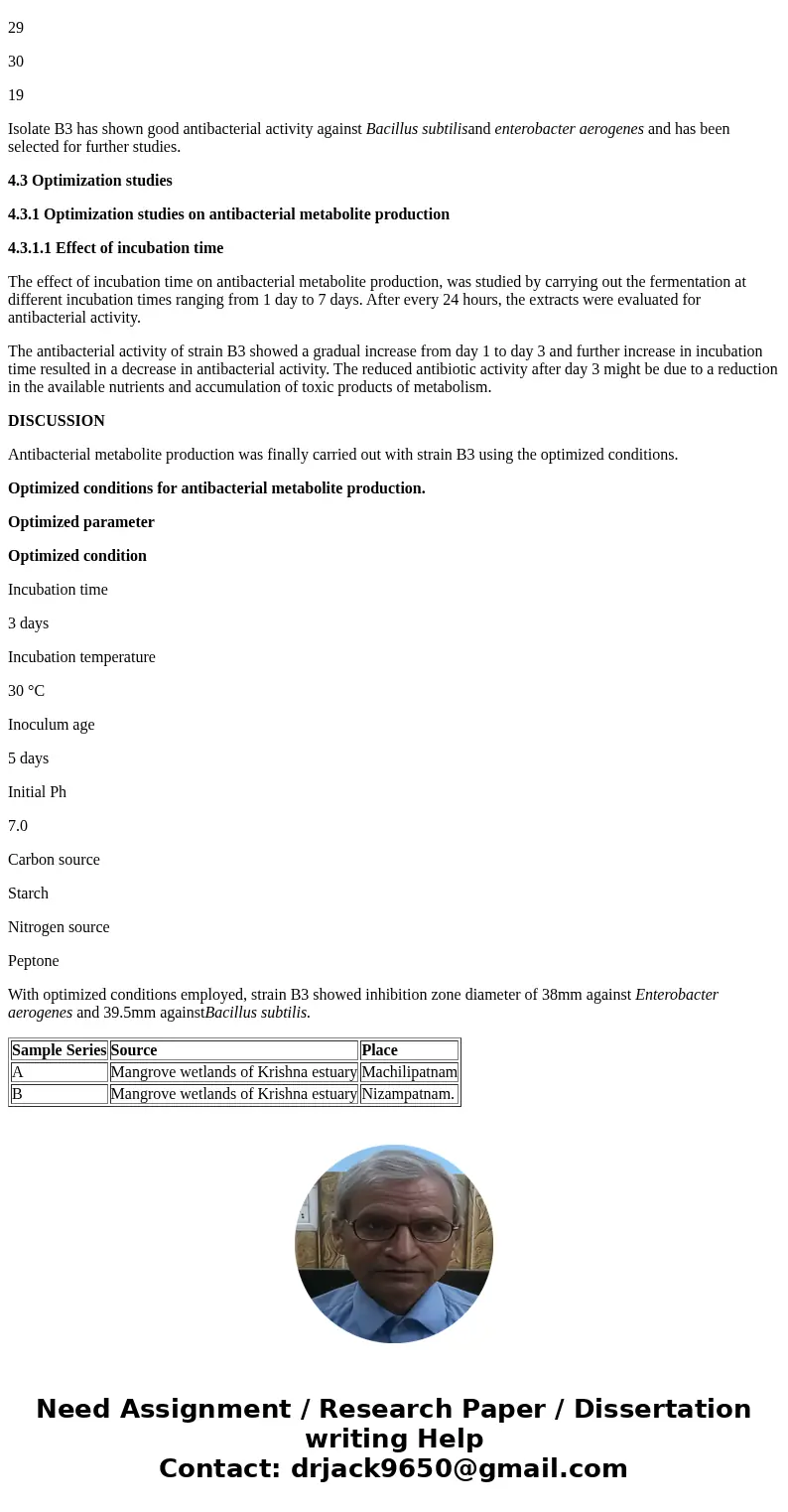
 Homework Sourse
Homework Sourse